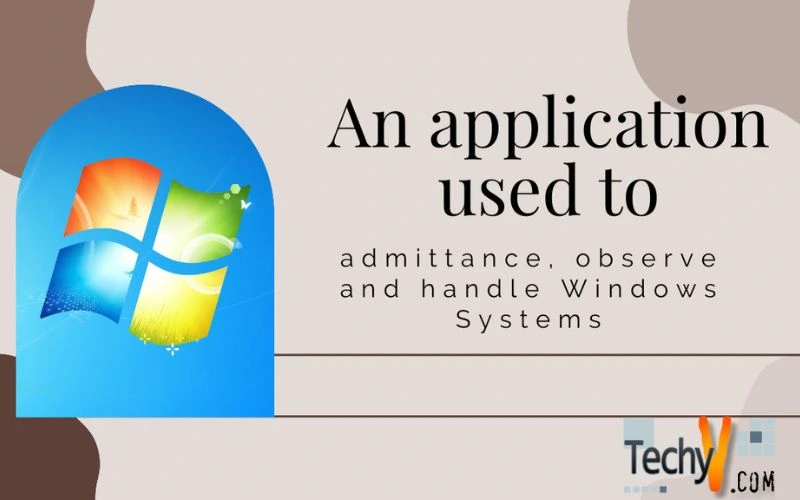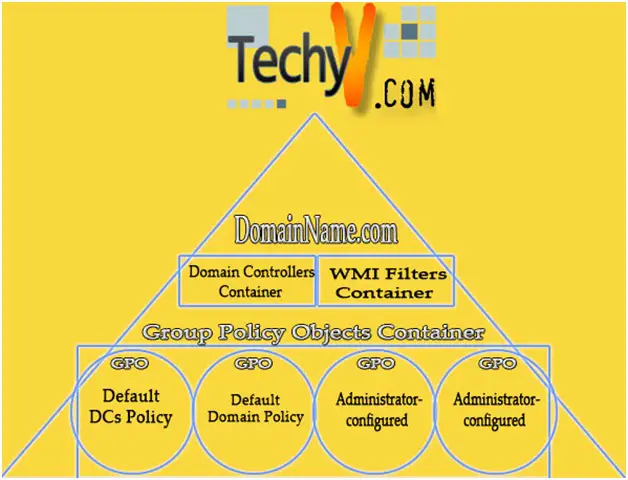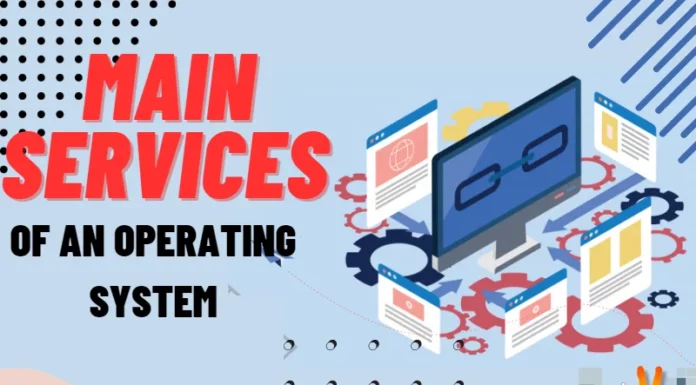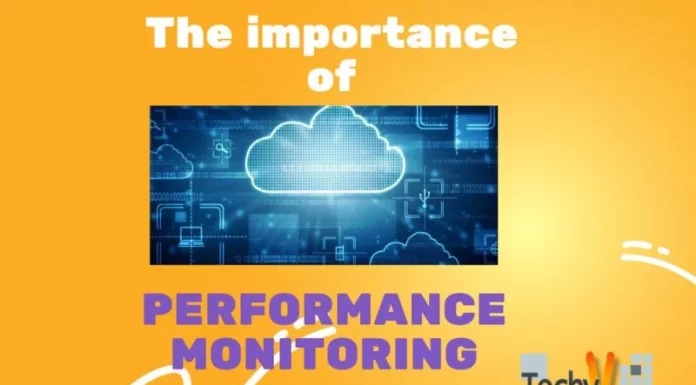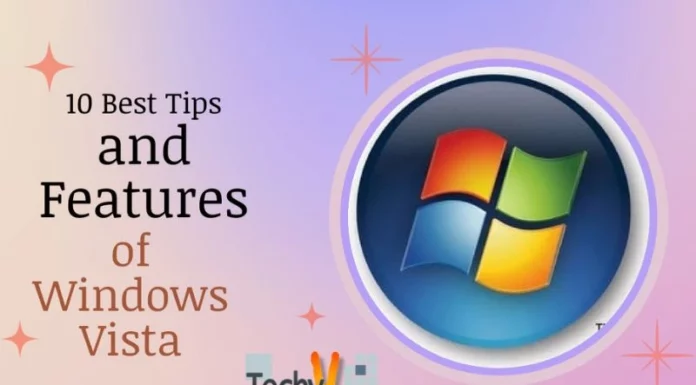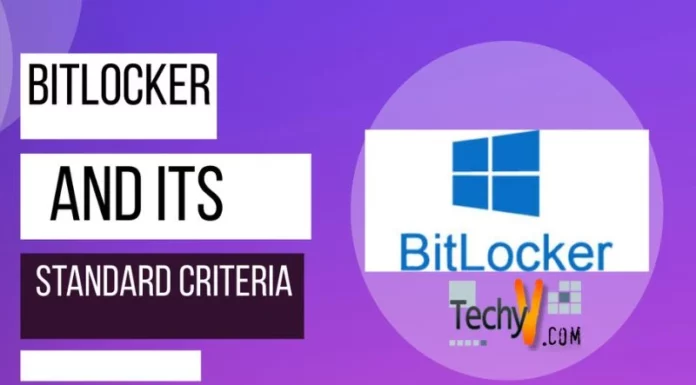What is WMI (Windows Management Instrumentation)?
Each and every organization nowadays wants to keep checking and monitoring each and every activity of its staff, users, or resources. Hence, they are adopting various types of methods, gadgets, applications, and techniques to perform their jobs with huge reliability and accuracy.
Windows Management Instrumentation (WMI), also proves to be or originated to perform same functions of management, which some of the applications are already doing but with different approach, vision, and understanding.
Definition:
Windows Management Instrumentation (windows WMI) is also, in one way or another, a Microsoft application which is used to admit, observe, and handle Windows systems; allowing a standard access method to collect performance and operational information. This application provides or shares Common Information Model (CIM) for accessing any information about any computer system on network or within same group. There is a command line interface in windows WMI which provides this application another tool called as Windows Management Instrumentation Command-line (WMIC).
History:
Windows Management Instrumentation (WMI) originated from the Windows NT version. From its release it is consistently improved with each and every version of Windows server editions. There is always a significant change or modifications made to give this application a new shape and extendable features and functions to support various users.
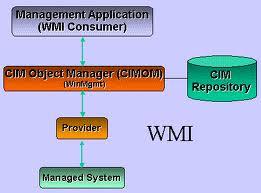
WMI Architecture:
WMI provides an infrastructure for management data and operations on Windows-based platforms and is very useful and applicable on enterprise applications and administrative scripts. This system is basically designed for various programmers who use different languages, applications and scripting languages for managing Microsoft ActiveX objects. The picture provides a clear idea about WMI architecture, design and usage among different layers of any organization.
Purpose:
The main purpose or objective of this application is to characterize a non-proprietary set of environment-independent terms which allocate management information to be shared between management applications. You can handle or write any WMI script to keep check on administrative tasks on a remote network or computer systems. It also handles the activity of supplying management data to various parts of any Operating System.
Features:
WMI offers or provides you a wide variety of choices and features. Some of the most common advantages are mentioned below:
- Various Programming Interfaces: WMI supports a large pool of programming interfaces with a set of pre-defined WMI COM interfaces. Like other environments, a COM/DCOM user just desires to narrate with the standard set of WMI COM interface to influence the WMI source potential and its set of supported WMI classes.
- Remote Capabilities: WMI is mainly recognized for its feature of controlling over SOAP and DCOM.
- Handle Queries: WMI supports or handles various types of queries by using the enumeration technique.
- Code Template Generator: This feature is initially designed by developers and is used in various stages for proper access and expose.
There are lots of many other features like event capabilities, protection, logical and unified administration model, and .NET interfaces which gives WMI an out-of-the-box application for management interfaces for various usage and demand.



